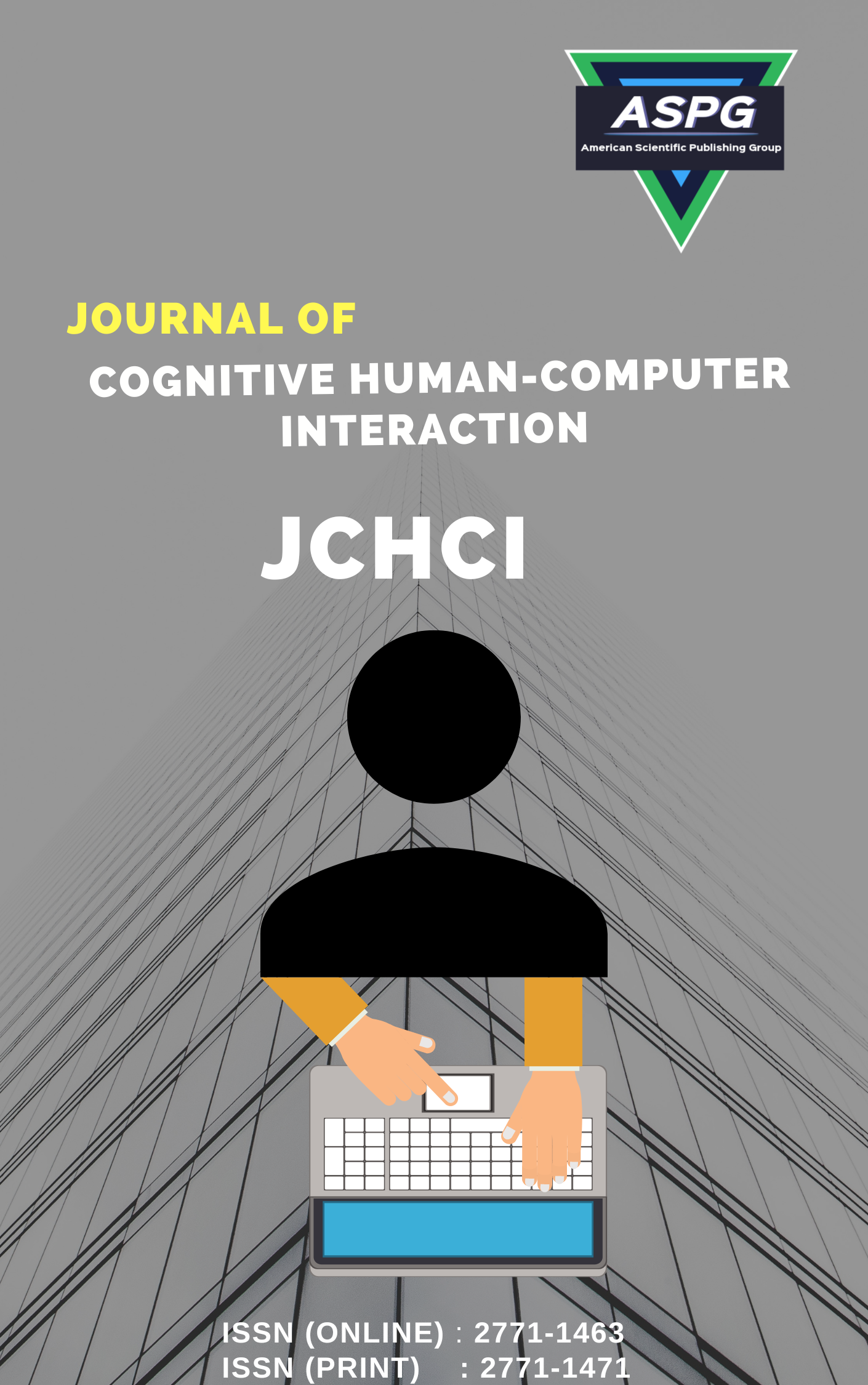

Volume 4 , Issue 1 , PP: 08-14, 2022 | Cite this article as | XML | Html | PDF | Full Length Article
M. Prakash 1 * , M.Sumithra 2 , B.Buvaneswari 3
Doi: https://doi.org/10.54216/JCHCI.040101
Applications for chat bots (and voice bots) are being used more frequently in customer care or e-commerce as a direct line of communication between businesses and customers. A software programm known as a "bot" executes automated, repetitive, and pre-defined tasks. For people, it would be nearly impossible to respond to every single client question. The benefit of employing the notion of a bot is that it eliminates the laborious process of manually responding to customer requests. A bot handles everything automatically. Artificial intelligence is a concept that chatbots employ to communicate with people. It has security features like the ability to deactivate accounts that are sending unsolicited messages. We introduce the bot framework in this paper. Bot is a runtime engine that launches the chatbot programme automatically. and controls security. Bot is freely accessible and open source online.
ChatBot, Quries , Artificial Intelligence , Software Application
[1] B.Nardi, S.Whittaker, and E.Bradner,”Interaction and Outeraction: Instant Messaging in Action,”
proc. of the 3rd CSCW Conference.ACM,2000, pp.79-88.
[2] R.Grinter and L.Palen,”Instant Messaging in Teen life”, proc. of the 5th CSCW
conference.ACM,2002, pp.21-30.
[3] L.Klopfenstein, S.Delpriori, S.Malatini, and A.Bogliolo,”The Rise of Bots: a survey of Conversational
Interfaces, Patterns, and Paradigms, ”proc. of the 12th DIS conference.ACM,2017, pp.555-565.
[4] A.Xu, Z.Liu, Y.Guo, V.Sinha and R.Akkiraju, “A new chatbot for Customer Service on Social Media,
“ in proc. of the 35th CHI Conference.ACM,2017, pp.3506-3510.
[5] A.Kerlyl, P.Hall, and S.Bull,”Bringing Chatbots into Education: Towards Natural Language
Negotiation of Open Learner Models, ”In Applications and Innovations in Intelligence Systems XIV.
Springer,2007, pp.179-192.
[6] “Why does every university need a smart college chatbot?” Engati Team
https://www.engati.com/blog/college-inquiry-chatbot-system-for-automation-in-educationsector?
utm_content=blog.
[7] Vladyslav Kruglyk, “Discord platform as an online learning environment for emergencies” Ukrainian
Journal of Educational Studies and Information Technology. June 2020.
[8] M. Sumithra and Dr. S. Malathi, “A Novel Distributed Matching Global and Local Fuzzy Clustering
(DMGLFC) FOR 3D Brain Image Segmentation for Tumor Detection”, IETE Journal of Research,
doi.org/10.1080/03772063.2022.2027284, 2021
[9] K. Sridharan , and Dr. M. Chitra "RSSE: A Paradigmfor Proficient Information Retrieval
using Semantic Web" , Life Science Journal 2013;10(7s), pp: 418-425.
[10] B.Buvanswari and T.Kalpalatha Reddy, “A Review of EEG Based Human Facial Expression
Recognition Systems in Cognitive Sciences” International Conference on Enenrgy,
Communication,Data analytics and SoftComputing(ICECDS),CFP17M55-PRJ:978- 1-5386-1886-
8”,August 2017.
[11] M. Sumithra and Dr. S. Malathi, ” Modified Global Flower Pollination Algorithm-based image
fusion for medical diagnosis using computed tomography and magnetic resonance imaging”,
International Journal of Imaging Systems and Technology, Vol. 31, Issue No.1, pp. 223-235, 2021
[12] K. Sridharan , and Dr. M. Chitra "SBPE: A paradigm Approach for proficient Information
Retrieval , Jokull Journal" , Vol 63, No. 7;Jul 2013.
[13] M. Sumithra and Dr. S. Malathi, “3D Densealex NET Model with Back Propagation for Brain Tumor
Segmentation”, International Journal OfCurent Research and Review, Vol. 13, Issue 12, 2021.
[14] B.Buvaneswari and Dr.T. Kalpalatha Reddy,“EEG signal classification using soft computing
techniques for brain disease diagnosis”,Journal of International Pharmaceutical Research ,ISSN :
1674-0440,Vol.46,No.1,Pp.525-528,2019.
[15] K. Sridharan , and Dr. M. Chitra "Web Based Agent And Assertion Passive Grading For
Information Retervial", ARPN Journal of Engineering and Applied Sciences, VOL. 10,
NO. 16, September 2015 pp:7043-7048.
[16] M. Sumithra and Dr. S. Malathi, “Segmentation Of Different Modalitites Using Fuzzy K-Means And
Wavelet ROI”, International Journal Of Scientific & Technology Research, Vol. 8, Issue
11, pp. 996-1002, November 2019.
[17] M. Sumithra and S. Malathi, “ A Survey of Brain Tumor Segmentation Methods with Different
Image Modalitites”, International Journal of Computer Science Trends and Technology (IJCST) –
Vol. 5 Issue 2, Mar– Apr 2017
[18] B.Buvaneswari and Dr.T. Kalpalatha Reddy, “High Performance Hybrid Cognitive Framework for
Bio-Facial Signal Fusion Processing for the Disease Diagnosis”, Measurement,ISSN: 0263-2241,
Vol. 140, Pp.89-99,2019.
[19] M. Sumithra and Dr. S. Malathi, “A Brief Survey on Multi Modalities Fusion”, Lecture Notes on
Data Engineering and Communications Technologies, Springer, 35, pp. 1031-1041,2020.
[20] M. Sumithra and S. Malathi, “A survey on Medical Image Segmentation Methods with Different
Modalitites”, International Journal of Engineering Research and Technology (IJERT) – Vol. 6 Issue
2, Mar 2018.
[21] B.Buvaneswari and Dr.T. KalpalathaReddy,“ELSA- A Novel Technique to Predict
Parkinson's Disease in Bio-Facial”,International Journal of Advanced Trends in Computer
Science and Engineering, ISSN 2278-3091,Vol.8,No.1,Pp. 12-17,2019.
[22] K. Sridharan , and Dr. M. Chitra , Proficient Information Retrieval Using Trust Based Search On
Expert And Knowledge Users Query Formulation System, Australian Journal of Basic and Applied
Sciences, 9(23) July 2015, Pages: 755-765.
[23] B.Buvaneswari and Dr.T. Kalpalatha Reddy, “ACPT- An Intelligent Methodology for Disease
Diagnosis”,Journal of Advanced Research in Dynamical and Control Systems,ISSN : 0974-
5572,Vol.11,No.4,Pp.2187-2194,2019.
[24] Sumithra, M., Shruthi, S., Ram, S., Swathi, S., Deepika, T., "MRI image classification of
brain tumor using deep neural network and deployment using web framework", Advances
in Parallel Computing, 2021, 38, pp.614–617.